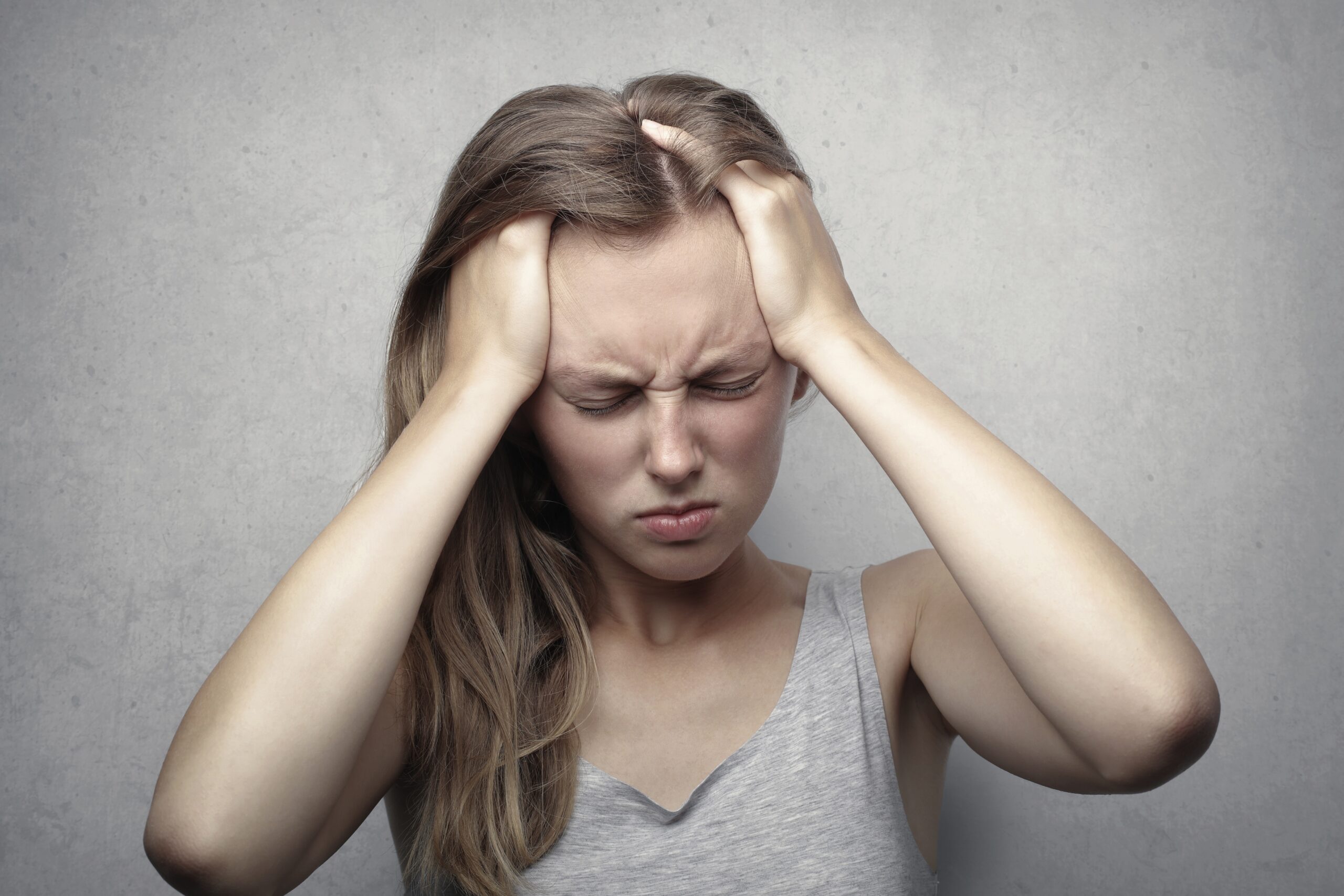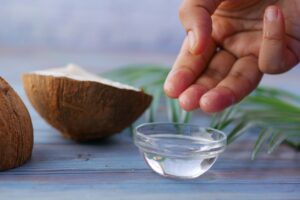Clitoral pain, a topic seldom discussed openly, is an issue of great significance for women’s health and well-being. The clitoris, a small but extremely sensitive organ, plays a critical part in female sexual pleasure and arousal. However, when pain or discomfort occurs in this sensitive location, it may have a major affect on a woman’s life. In this extensive guide, we will dive into the complexities of clitoral pain, addressing its varied sources, potential cures, and providing suggestions on how individuals may seek assistance when faced with this challenging disease.
The clitoris, usually termed the “female equivalent” of the male penis, is a fascinating and intriguing feature of the female reproductive system. While it does not fulfil a reproductive role, it retains significant importance in the domain of sexual pleasure and intimacy. With thousands of nerve endings, the clitoris is exquisitely engineered to respond to stimulation, boosting a woman’s ability to experience and enjoy sexual pleasure.
Despite the crucial role of the clitoris in a woman’s sexual health and happiness, clitoral pain remains a concealed problem, requiring many women to struggle with discomfort in quiet. It is vital to identify the reality of clitoral pain as a valid condition, deserving of attention, understanding, and medical action. By bringing this condition to the forefront and fostering open dialogue, we hope to empower women with knowledge, support, and help, so they may manage clitoral pain and restore their overall quality of life.
Table of Contents
Understanding the Clitoris
The clitoris is a highly sensitive and vital component of the female reproductive system. Often referred to as the “female equivalent” of the male penis, the clitoris performs no reproductive function but plays a vital role in sexual pleasure. The clitoris contains hundreds of nerve endings, making it incredibly responsive to stimulation.
Causes of Clitoral Pain
Clitoral discomfort may come from different reasons, both physical and psychological. It is vital to discover the fundamental cause to decide the most effective therapy. Here are some typical reasons of clitoral pain:
1. Infections: Infections in the vaginal area, such as yeast infections or sexually transmitted infections (STIs), may cause discomfort and agony around the clitoral region. Proper diagnosis and treatment of the underlying infection are vital to lessen the discomfort.
2. Irritation and Allergies: Some women may have clitoral discomfort owing to irritants, such as strong soaps, detergents, or latex allergies. Avoiding these allergens and using hypoallergenic products may help prevent pain.
3. damage or Injury: Physical damage or injury to the clitoral region, whether due to sexual activities, accidents, or surgery, may lead to discomfort. In such circumstances, visiting a healthcare expert is vital to evaluate the degree of the injury and explore treatment alternatives.
4. Pelvic Conditions: Conditions like vulvodynia, endometriosis, or interstitial cystitis may cause persistent pelvic discomfort, which may radiate to the clitoral region. Treating the underlying pelvic issue typically helps decrease clitoral pain.
5. Nerve problems: Certain nerve problems, such as neuropathy or pudendal neuralgia, may result in clitoral discomfort. These disorders may need expert care and therapy from a neurologist or pain management professional.
6. Psychological issues: Emotional and psychological issues, including stress, anxiety, and a history of sexual trauma, may present as clitoral discomfort. Counseling, counselling, or stress management strategies might be useful in such instances.
7. Overstimulation or harsh Handling: Excessive or harsh stimulation during sexual activities may cause to clitoral pain or discomfort. Open conversation with your spouse and utilising softer tactics helps avert such situations.
Addressing Clitoral Pain
The strategy of managing clitoral discomfort differs depends on the underlying reason. Here are some techniques to control and reduce clitoral pain:
1. visit a Healthcare Professional: If you feel chronic clitoral discomfort, it is vital to visit a healthcare expert, such as a gynecologist or urologist, to discover the reason and devise a treatment strategy.
2. drugs: In situations of infections or pelvic disorders, healthcare providers may give antibiotics, antifungals, or pain-relief drugs to ease clitoral discomfort.
3. Physical Therapy: Pelvic floor physical therapy may be particularly useful for managing clitoral discomfort caused by muscular stress, nerve disorders, or trauma. A physical therapist may prescribe exercises and strategies to ease pain.
4. Psychological Support: If emotional concerns are contributing to clitoral discomfort, professional therapy or counseling may assist manage these difficulties and enhance general well-being.
5. Lifestyle Changes: Avoid irritants, exercise proper cleanliness, and use soft, hypoallergenic items in your genital region. This may lessen the likelihood of clitoral discomfort due to irritants or allergies.
6. Relaxation strategies: Stress management strategies, such as deep breathing, meditation, or yoga, may help alleviate clitoral discomfort produced by psychological reasons.
Clitoral discomfort is a valid worry that may greatly influence a woman’s quality of life and sexual well-being. Understanding the many reasons and finding proper medical
treatment are critical approaches to resolve this condition. With the appropriate diagnosis and therapy, most women may find relief from clitoral discomfort and restore their comfort and sexual pleasure. Remember that you don’t have to suffer in silence—seeking treatment is the first step towards a pain-free and fulfilled life.
In the field of women’s health, clitoral discomfort remains an understated and often neglected topic, touching the lives of many but mentioned by few. This detailed article sought to shed light on the delicate issue of clitoral discomfort, from its anatomical importance to its different causes and treatment possibilities. As we bring this conversation to a conclusion, it’s vital to underline the necessity of recognising and managing clitoral discomfort as a true and worthwhile concern for women’s overall well-being.
The clitoris, an organ filled with thousands of nerve connections and completely devoted to sexual pleasure, shows the depth of the relationship between physical and mental wellness. It serves as a monument to the intricate, holistic character of a woman’s sexual and reproductive anatomy. However, the pain that may emerge in this location is similarly complicated, with a variety of probable reasons.
For individuals suffering with clitoral discomfort, recognising the underlying reasons is the first step towards obtaining relief. Whether it’s an infection, irritation, trauma, or an underlying medical problem, recognising the cause is vital to devising an effective treatment strategy. This guide has emphasised the necessity of obtaining expert medical assistance when coping with recurrent clitoral discomfort, as healthcare practitioners may give guidance and specialised treatment alternatives.
From antibiotics to physical therapy, and from counselling to lifestyle modifications, the techniques of resolving clitoral discomfort are various, reflecting the multidimensional nature of the condition. Each strategy is meant to assist women with a road towards pain alleviation, helping them restore comfort, confidence, and sexual pleasure.
It’s vital to highlight that no woman should feel alone or ostracised while coping with clitoral discomfort. By demystifying this issue and fostering open communication, we seek to enable women to take charge of their sexual health. Knowledge is a powerful weapon, and knowing clitoral discomfort not only normalizes the subject but also ensures that women feel supported, knowledgeable, and prepared to manage this delicate problem.
In conclusion, clitoral discomfort is a legitimate and major worry, worthy of the same attention and knowledge as any other health condition. The route towards relief may be tough, but it is not one that anybody should start upon alone. With the correct support, medical treatment, and a willingness to address both the physical and psychological components of clitoral pain, women may look forward to a future that is free from agony and filled with sexual happiness. By increasing awareness and giving information, we strive to guarantee that no woman bears the burden of clitoral discomfort in solitude and alone, but instead, with confidence and empowerment to seek the support they need.
Importance of addressing



